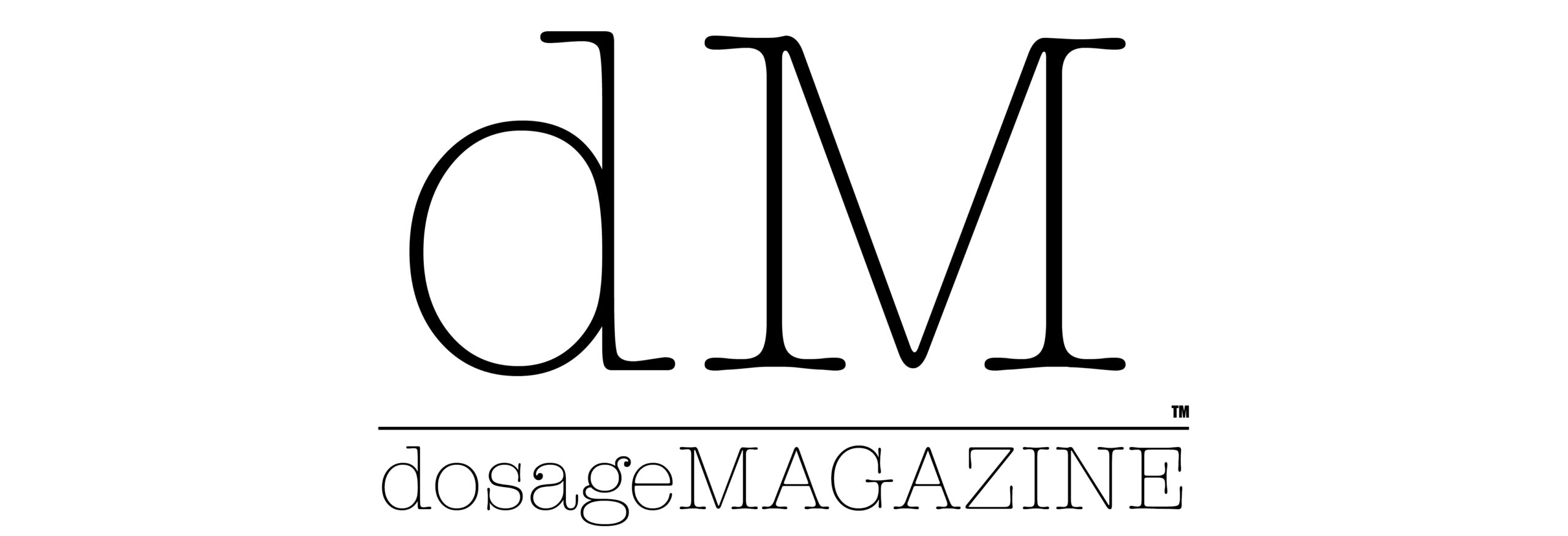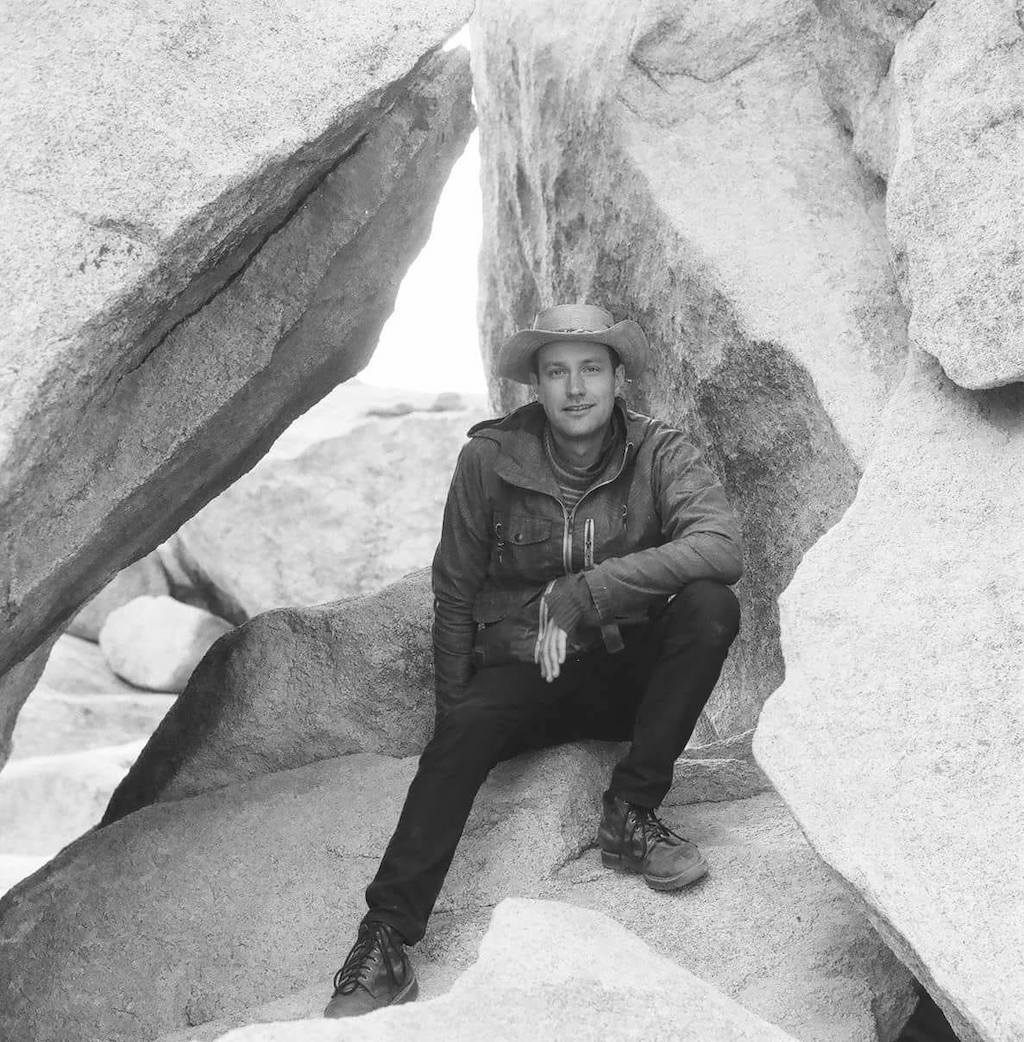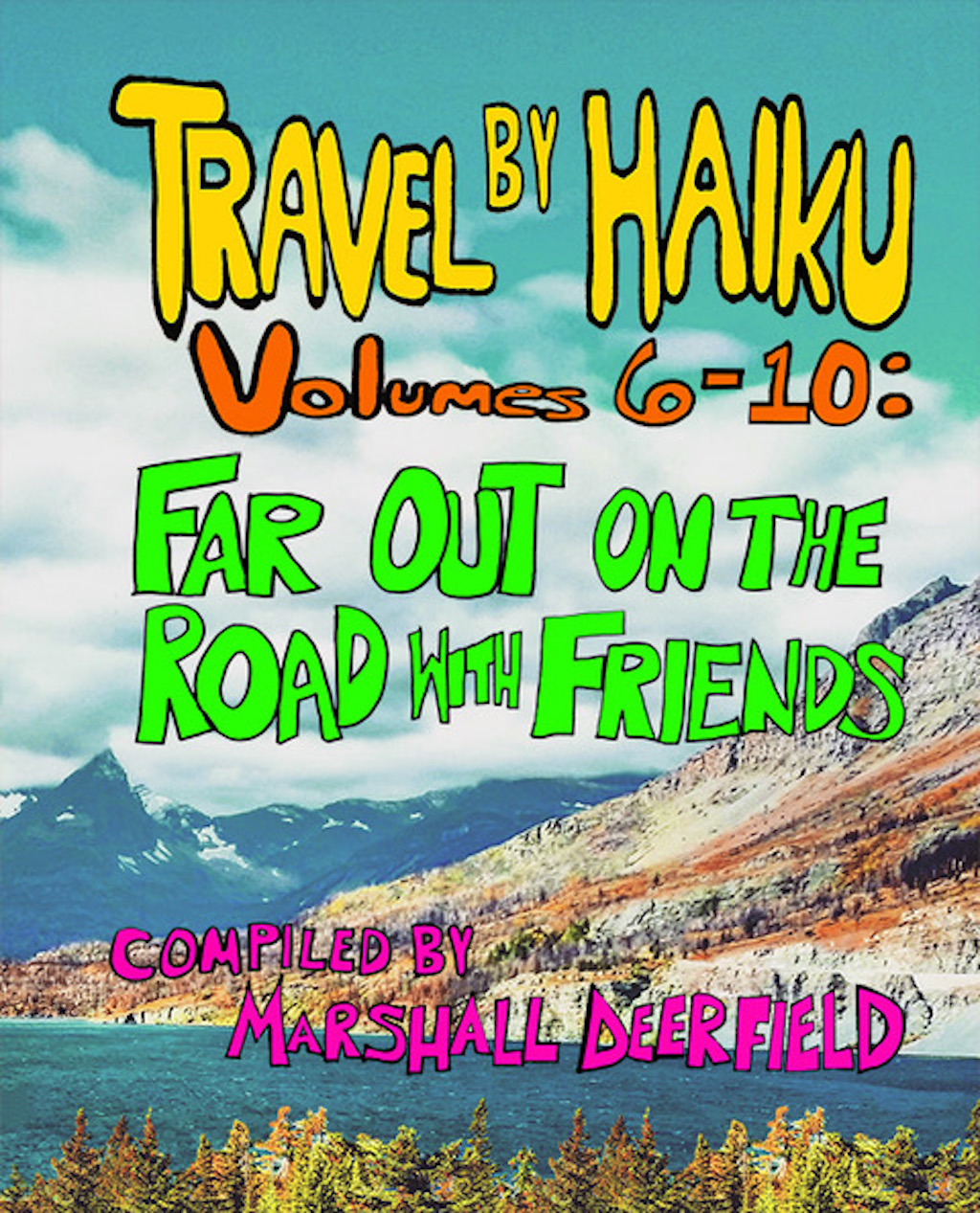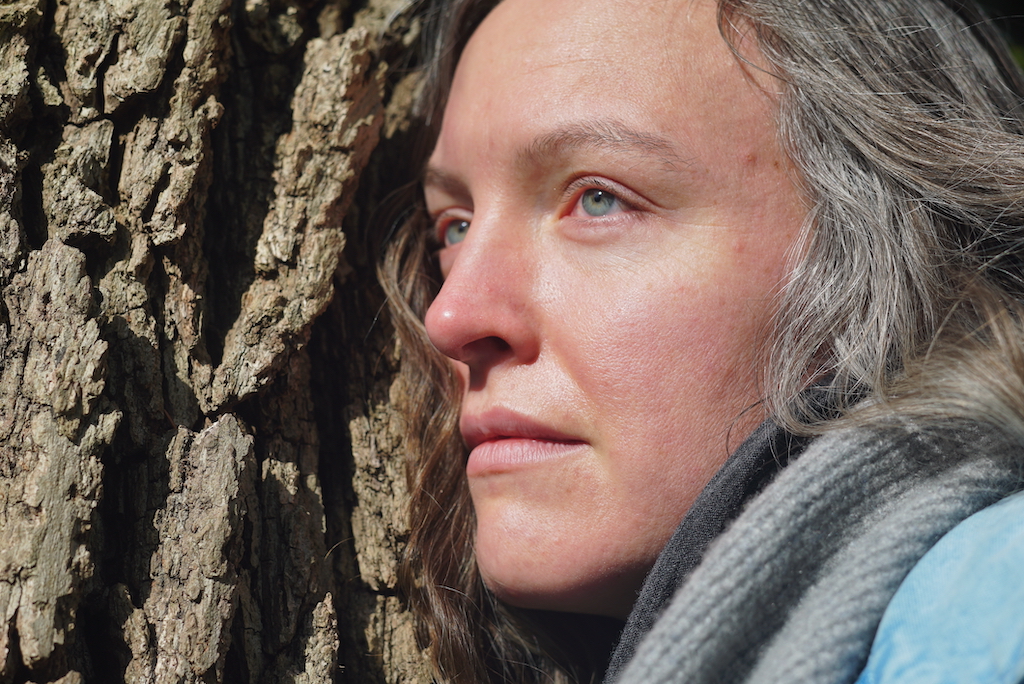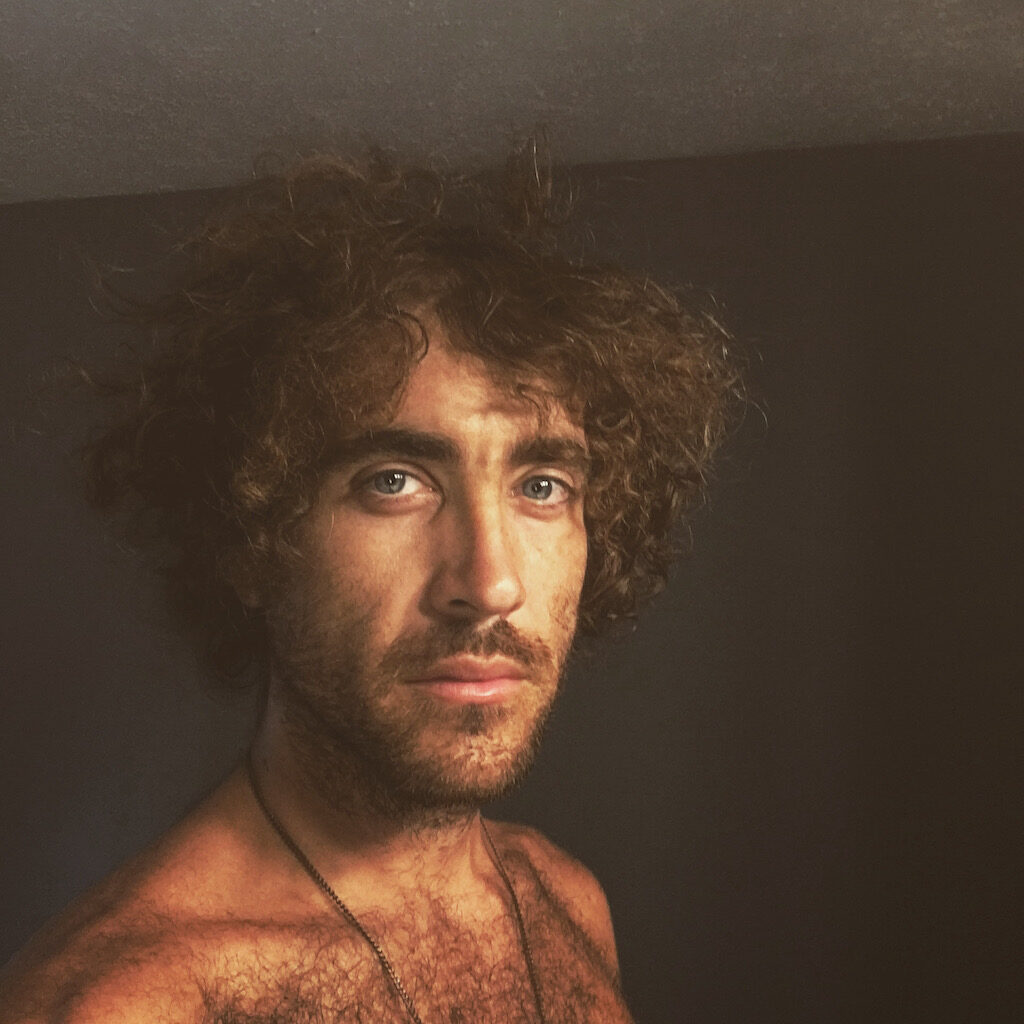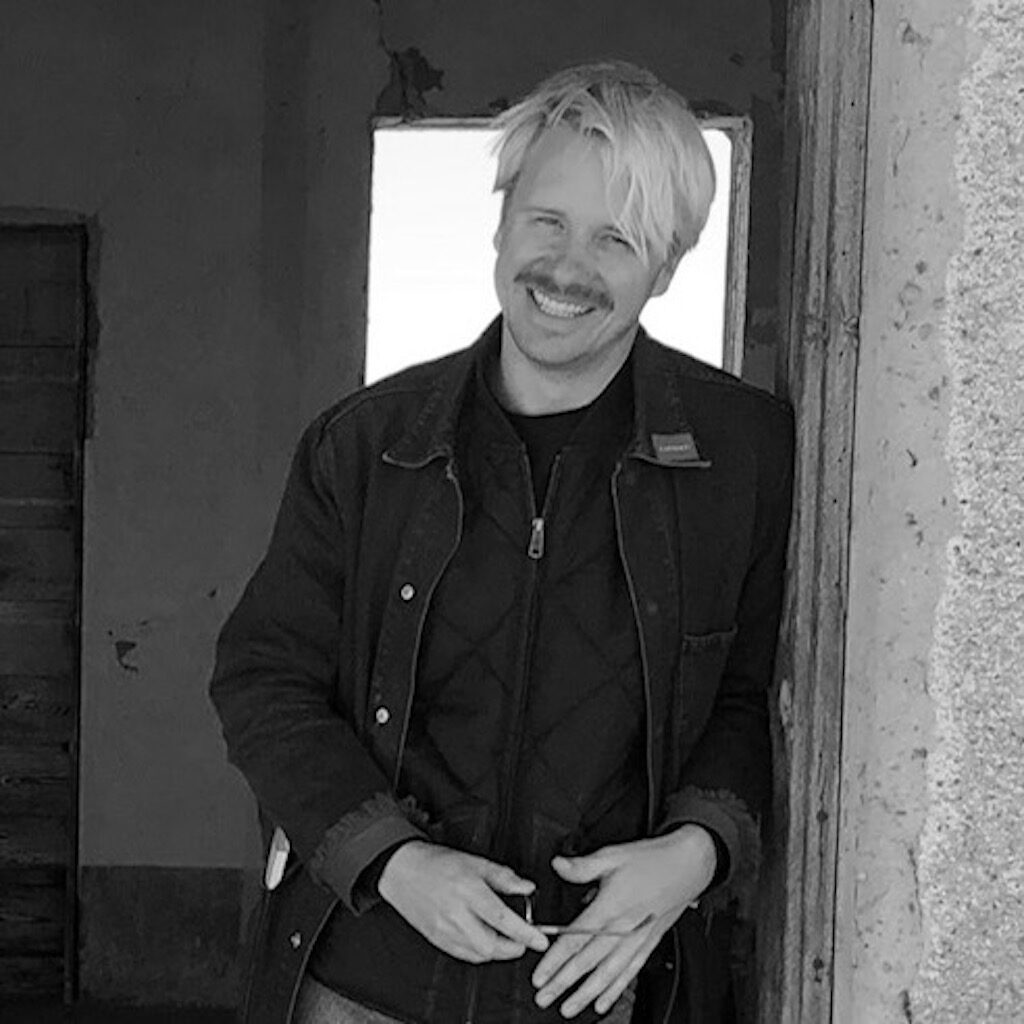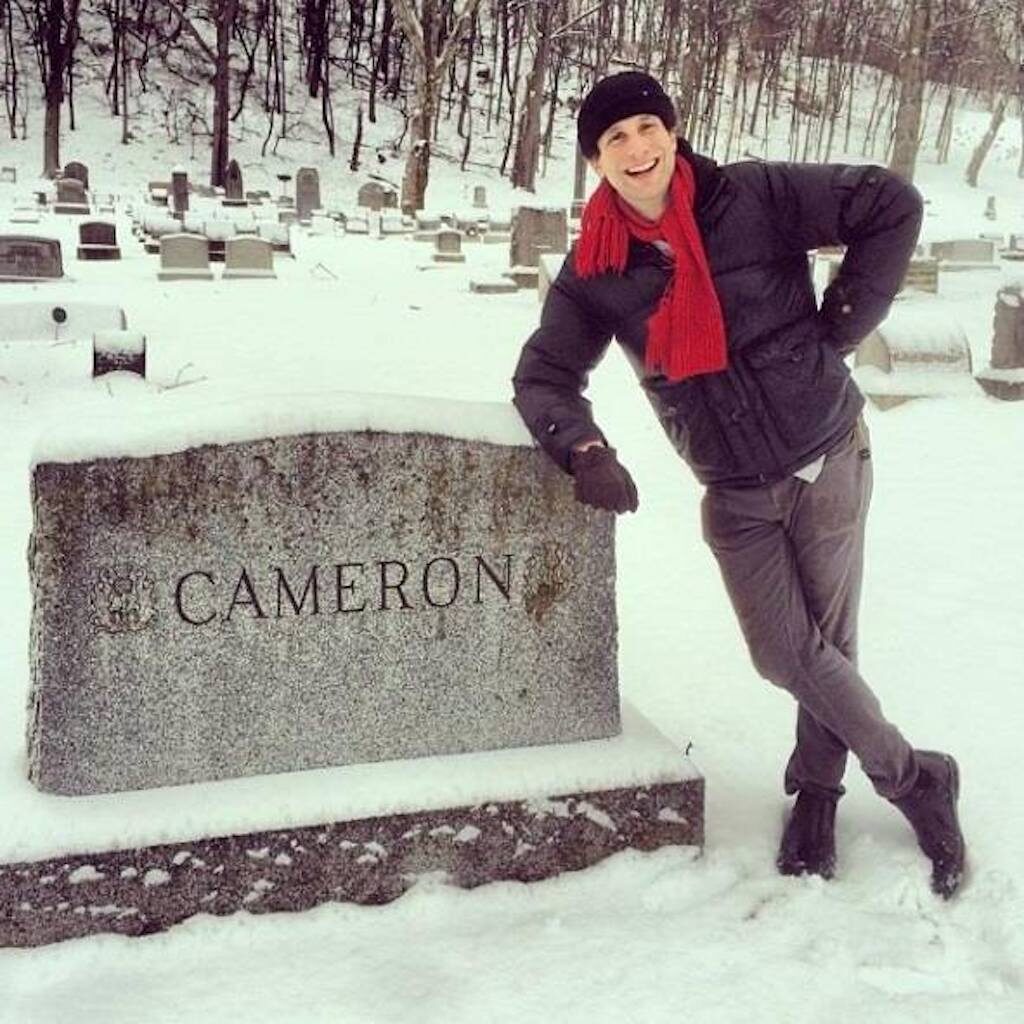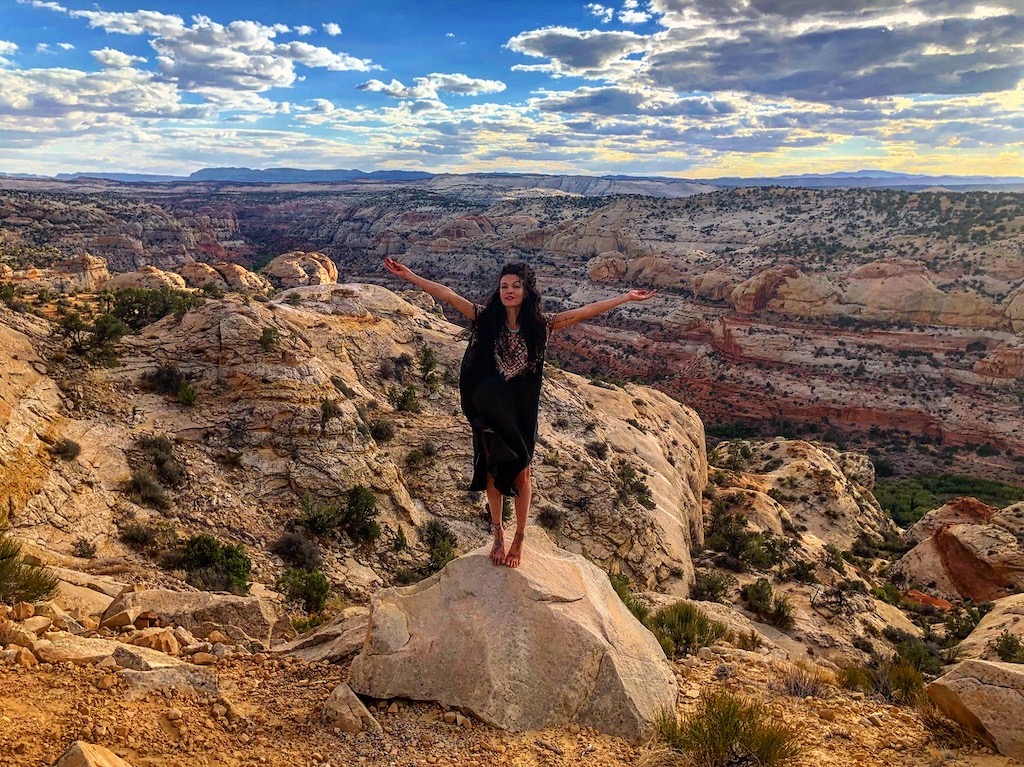A Freedom Books presents Marshall James Kavanaugh’s Travel By Haiku, a collaborative book of haikus, at Random Tea Room in Northern Liberties.
How does one make poetry into an interactive experience? Into a journey, or a road trip? Local author, editor and curator Marshall James Kavanaugh, together with Philly-based publishers A Freedom Books have figured it out. In haiku form, with Travel By Haiku, Volumes 6-10: Far Out On The Road With Friends. The book’s debut is celebrated Wednesday, March 31 with an online book release party held on the stages of Random Tea Room and Curiosity Shop in Northern Liberties at 8 pm EST. It’s free, but, you have to get tix and check out autographed book-buying options here or here.
Kavanaugh penned his Travel-ogue collaboratively with five poets in what he calls “the potential of contemporary renga in connecting back to the roots of nature. Paying homage to those ancestral visionaries who first mapped out the road. Like Jack Kerouac in his American pops. Sonia Sanchez in her bluesy kus. And Basho with his extensive journaling.”
At a present time where travel is limited but the psychic road is endless and free, presenting Travel By Haiku’s words with live and prerecorded poets, dreamers, musicians, puppets, dancers, and clowns sounds enticing. Plus, if you order a book, they’ll even hook you up with tea.
dosage MAGAZINE and I spoke with Kavanaugh about the adventure that is the haiku and the open road.
A.D. Amorosi: Please tell me what is “the adventure of a young poet growing wilder” and how you wind, wound up at Travel By Haiku.
Marshall James Kavanaugh: I’ve been living in Philadelphia again since 2019, but I left the city for several years to go on the road beginning in 2014. I had been living in Fishtown for about eight years before that and something about all the development that began to take over that neighborhood was starting to throw me off. I got into a walking meditation of daily strolls around the neighborhood to assess all of the new condos and construction sites atop what used to be community gardens, coffee shops, art galleries, and gathering spaces. Until one day, with deep feelings of loss and confusion, I started to wonder about what it would feel like to wake up every morning and replace the concrete for a walk in the woods. I packed up my house, filled the car with camping gear and a notebook in the glove compartment for jotting down collaborative haikus, then picked up two friends. Andrew Galati and Willow Zef, who had agreed to join me for that first trek across the country, and barely looked back. A friend and fellow haikuist back here in Philadelphia named Courtney Blue, described to me my journeys as an attempt to “find my woods”. As the journeys continued, both alone and with the car packed full of friends that I met along the way or encouraged to join me out West, I started to realize I wasn’t just finding multiple patches of woods that made me feel at home in lands far away from my upbringing. But I was actually becoming the woods I sought. This is poetry, obviously. I didn’t fall down and start growing leaves for hair and branches for arms. Instead, I feel I became more rooted and more basic. Every walk in the woods brought me closer to simple truths of being human and all of our connections to the Earth. Travel By Haiku attempts to follow that journey of maturation. Not all of the roads lead the same direction, but ultimately the reader is in the backseat watching a poet go from just having a good time hiking around new landscapes to discovering the power of their own personal magic and even bringing back some rituals from the depths of wilderness to use at home.
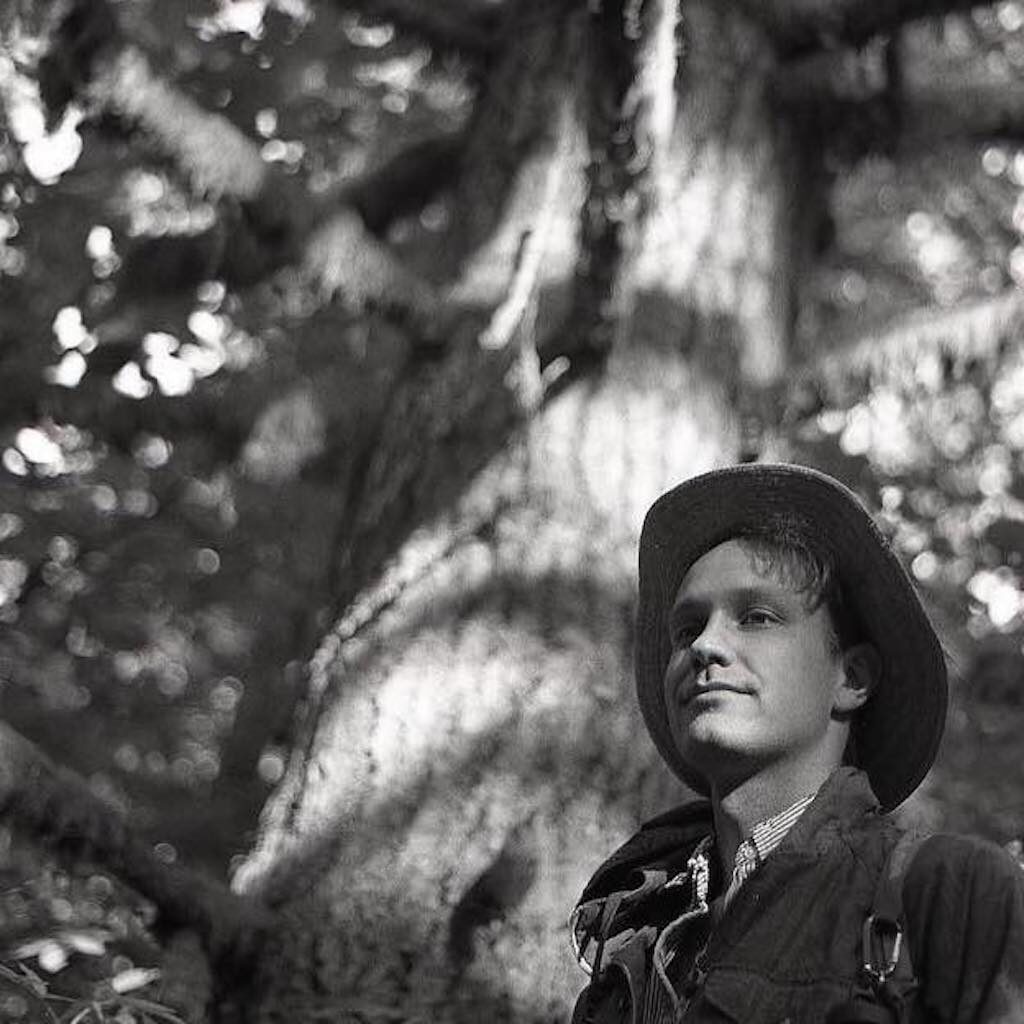
A.D. Amorosi: You mention Kerouac, Sanchez and Basho, all favorites… Who are other poetic influences? Or influences on this period?
Marshall James Kavanaugh: For the design of the book itself, I would say Saul Williams is a big influence. I love the illustrative word art he creates in his epic, Said The Shotgun To The Head. When I first read that book it really made me think about how certain lines in a poem sing differently than others, sometimes louder, sometimes more brilliant. I tried to use the whole page in my own collection to allow each individual haiku to expand the reader’s horizons. During this time of adventure between 2015 and 2016 that is recorded in Travel By Haiku, I’d say the biggest influence I found along the way was the indigenous poet and activist, John Trudell. I first heard his words in mid-2016 when a friend Ras Jiro played several tracks of his on the car stereo during a road trip from Taos, NM to Denver, Colorado. The cadence and the passion is what affected me the most, and then I started to really follow his instructions: “Our power will come back to us, our sense of balance will come back to us, when we go back to the natural way of protecting and honoring the Earth.” That year was when the Standing Rock Sioux Tribe in North Dakota began a stand against the oil tycoons and regional politicians behind the Dakota Access Pipeline. By the end of the year, people from all over the world had visited and supported these indigenous Water Protectors in their fight for sovereignty and honoring the Earth. I feel John Trudell was a real prophet for the possibilities available with that kind of people power, and though I was only just beginning to understand it then when these haikus were written, everything I put into this book since then is directly tied to that moment in time when we all got a glimpse of what a decolonized community directly in touch with the land around them could look like. The book traces my own path towards finding ways of honoring the earth and deepening a connection to the lineage of my Celtic ancestors.
A.D. Amorosi: I grew up loving and practicing the haiku form. Why do you love it? How did you get to it? What did you find tricky or challenging about it? How do you evolve it?
Marshall James Kavanaugh: I have a friend, Omar Pitras Waqar, who said I should really think about naming my form of haiku something new and different. And really explore setting new rules for the form in the process. He said this to me while we talked about the Bengali poet Rabindranath Tagore’s fireflies, a series of poems influenced by Sufi and Ghazal poetry and short much like haiku. I’m not quite there yet as a poet. But if I were, I think I would call this new type of poem “a deerfield” and have the only real rule be that it describe a place where the reader could rest and find peace. In the meantime, I really enjoy Jack Kerouac’s influence in his American Pops. American haiku has this mistranslation from the Japanese that a haiku must be 5-7-5 syllables. Kerouac took that and decided a haiku is whatever Zen quip pops into his mind that shares some innate truth. Like a coan but even more in layman’s terms. My favorite of his is “Bee! Why are you staring at me? I’m not a flower.” I tend to play with both ideas of what a haiku can be. I like playing with the 5-7-5 syllables since it feels like solving a puzzle. Often, after a while finding that the 5 syllable lines just start popping into my head unannounced and yet the 7 syllable lines remain something I really have to reach for. If I mess with the form and don’t follow the rules, I’m okay with that. But each line better have something smart about them. The best lines have a double or even a triple entendre, or otherwise leave the reader with a certain kind of resonance that echoes beyond the page. I’d say the hardest part of haiku is the turn in the third line. And this is honestly where I usually fail. My best haikus follow an unspoken rule of thumb where the first line describes an observation, the second line remarks upon an emotional response to that observation, and the third line is a universal truth that exists all about that observation. It is extremely difficult to follow that form and also have that third line be a turn or in other words a curveball out of left field, usually with the instrument of humor. I often think of these Zen lunatics that Gary Snyder described to Jack Kerouac in the Dharma Bums when I’m writing haikus like that, and how they sat atop these lonely, cold mountains out of their minds laughing at the simplicity of every single complex thing, drunk on honey wine or maybe just intoxicated by the sweetness of it all. It really takes a lot of slowing down and grounding with your surroundings and maybe even a certain kind of ecology. I’ve found the desert is the best to find a haiku that meets that high mark of excellence. All of this is beside the point, though. Haiku for me came out of necessity. When you’re a poet traveling around the country you often run into landscapes that are too big and would take an entire journal to sum up what makes them so incredible and distinct. I found that haiku is the perfect form to ground this experience and instead of becoming overwhelmed by the picture at large. I focus on a small detail and try to examine what makes that tiny piece so important to the world it exists in. It could be a cottonwood that grows along a dry wash or the gold of an aspen that only exists for one month each year. Something to describe the season, the place, and how I got there.
A.D. Amorosi: I have never been able to write collaboratively. What is the secret? How did you find your collaborators and what is your yin to their yang?
Marshall James Kavanaugh: The collaborators in this book are Stephanie Beattie, Cameron Christopher Stuart, Tara Lynn Faith Williamson, Shane Donnelly, and Augustus Depenbrock. All of them are all over the country now, but we all met here on the East Coast between Philadelphia and Brooklyn. Before these road trips, we had collaborated with each other for most of the decade organizing punk shows, building art exhibitions, going on other travels, and just sitting in rooms filled with art, books, and conversation. That is to say, I consider these fellow rucksack revolutionaries an integral part to my own literary generation. And I hope after reading this book, folks go on to discover all the incredible projects that these incredible humans are involved in. I’ve always admired the way the Beat Generation had its three notable writers, Jack, Bill, and Allen, co-conspiring alongside all these lesser-known, but equally inspiring authors, artists, and musicians. I want Travel By Haiku and all of my writing projects to reflect that kind of capacity to uplift all those who are involved in making something beautiful out of this present moment. For each haiku in this collection, we passed back and forth a single notebook, each tackling a line. As the authors alternated in clockwork fashion, passing the notebook from driver to shotgun to backseat, each writing only one line of the haiku, pausing for the last transcriptionist to begin the next sequence, a collective voice grew. I think what’s really cool about this book is there are three road trips with three separate groups of people and though each haiku is written by multiple authors, as a reader you really find a distinct voice in each corresponding section. Maybe the most difficult part of this collaboration was letting go of my own ego, which likes to write very serious haikus about nature and not kid around about anything. I remember on the last road trip in the book I was really thrown off by some of the lines presented by collaborator Cameron Christopher Stuart. “Lobster clouds attack” stands out as one where I was like, “Come on, man! What am I supposed to do with that?” He’s a perfect clown and all of his lines were like perfect turns of humor, which made my serious mind feel like maybe he wasn’t taking the exercise seriously enough. Yet, every time we’d read back the final haiku with the lines that me and Stephanie Beattie added, the whole general vibe was something that was truly of that moment and written between us on the road together. It was beautiful. I’d say collaborations like this just make me lighten up and laugh a little and really enjoy that magic that can happen outside the confines of my own mind alone.
A.D. Amorosi: Tell me all about this live interactive tea party at Random. It sounds as if you’re packing the live stream with all manner of readers, writers and performers.
Marshall James Kavanaugh: I, like everyone else, am pretty worn out by all this digital screen time that I need to use to see my friends perform their work. I also miss the moments after a show almost more than the time at the show. I love how after a poetry reading in pre-pandemic times, I usually end up at a bar with a circle of friends discussing current events and catching up on all of the other writing projects we’ve been working on. Hopefully, we’ll soon be back to that. In the meantime, the tea that is being offered for this show was blended especially for the occasion by co-host The Random Tea Room. The idea being that, though we are all at a distance, through the ceremony of tea we have the potential to connect more closely. We really wanted to break the fourth wall of what a digital poetry reading can look like and the Heartspeak Tea that people can pre-order is just a tip of the iceberg on what to expect when tuning in to watch all these live performances.
About Post Author
Discover more from dosage MAGAZINE
Subscribe to get the latest posts sent to your email.
